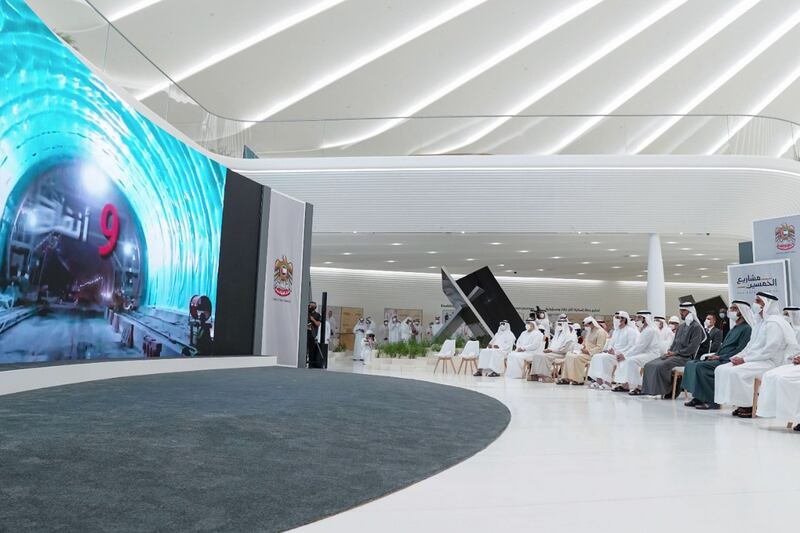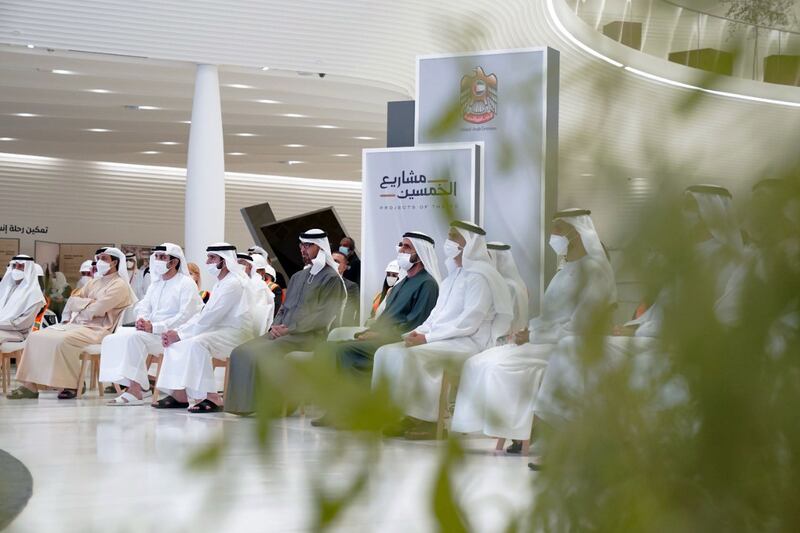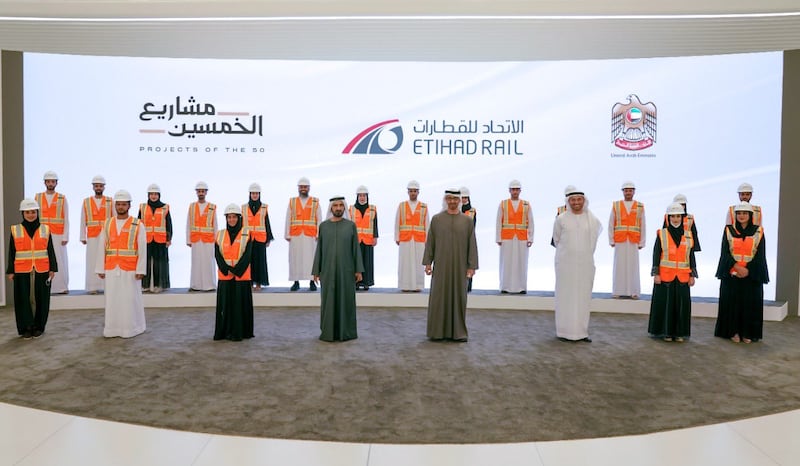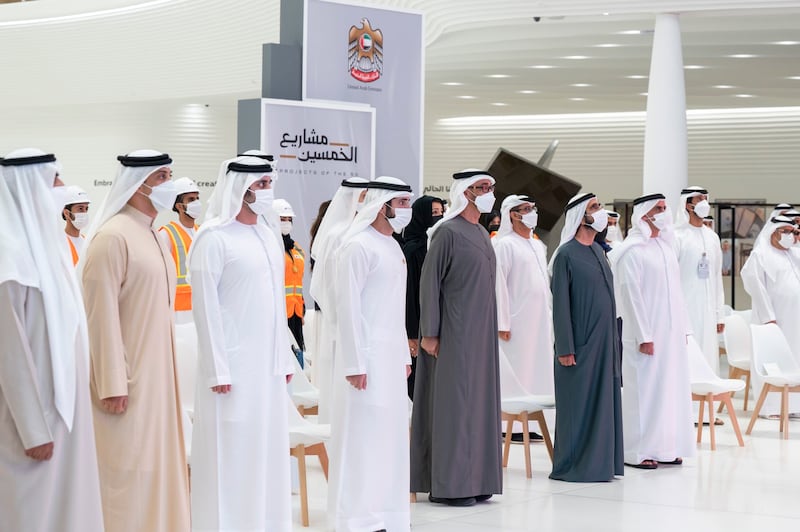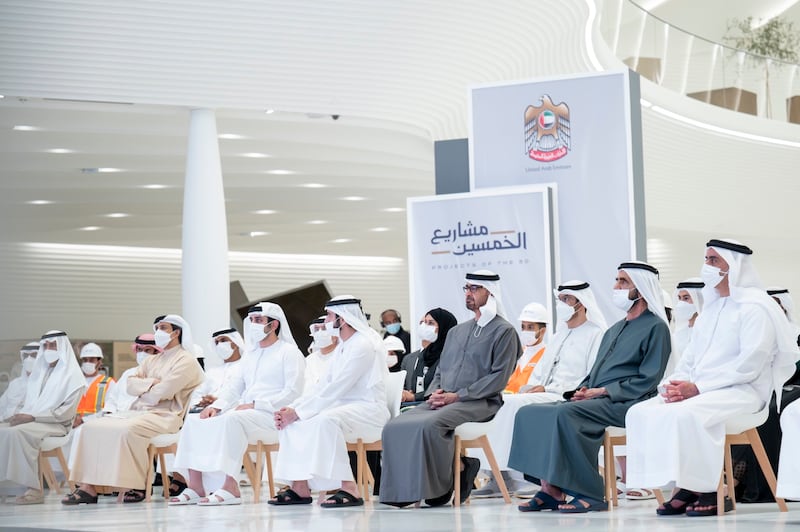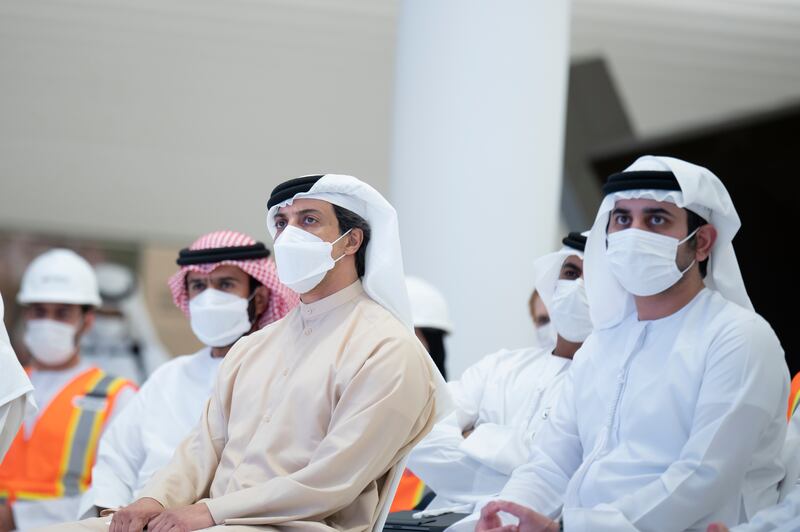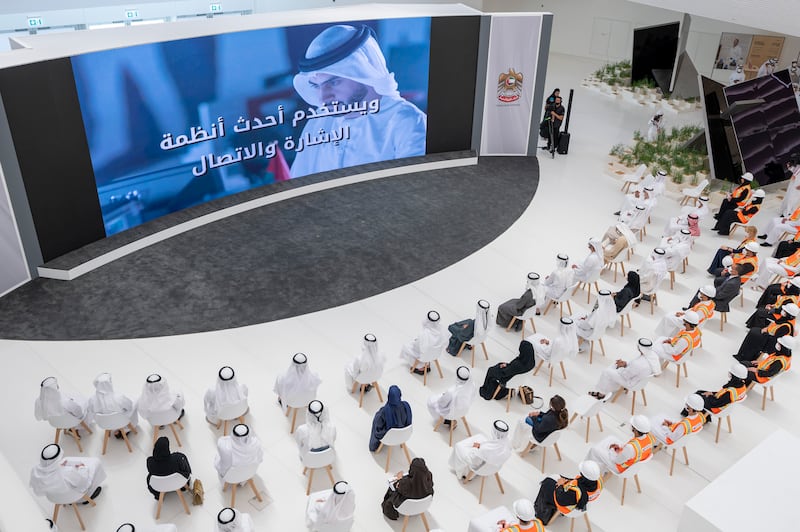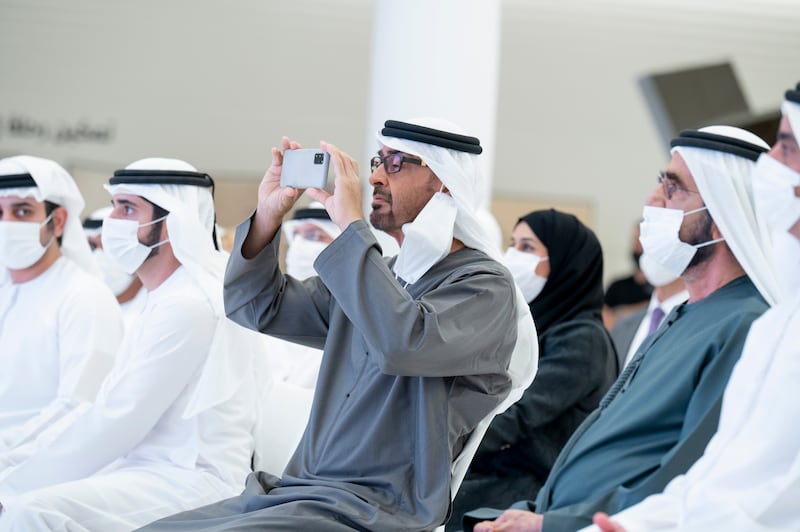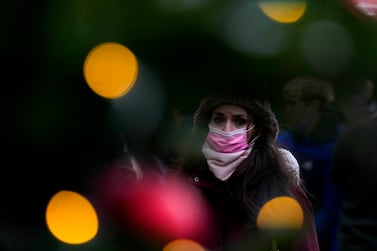Of the four departure points for the buses that journey from the emirate of Abu Dhabi to Expo 2020 Dubai every week, one place in particular represents a perfect starting gate for the dialogue with today and tomorrow that can be found in Dubai.
The distinctive architectural footprint and unmistakable colour of Abu Dhabi Central Bus Station, with the site’s delicious use of shade, place, proportion and natural light, seems thoroughly tapped into the spirit and ethos of the six-month long world fair.
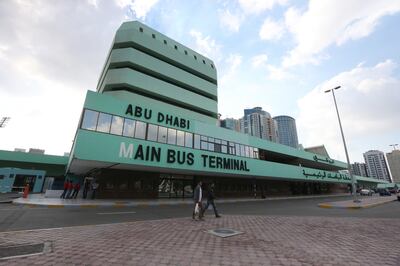
It is a gem of Abu Dhabi’s mid-island, mature blocks and a real-life rendering of how architects once imagined the future would look, just as Expo 2020 trails a succession of sneak peeks into how we might expect to live in tomorrow’s world.
Architecture critics describe the form of the Central Bus Station as “Soviet brutalism” – the building was designed by Bulgarian architects and opened in the final chapter of the Cold War era in 1989 – but you could also call it retro futurist, modernist or, simply, one of those places that stays with you long after your bus has slipped its moorings and left the neighbourhood.
Abu Dhabi’s major departure points each tell another part of the same story.
The progression and expansion of the international airport, from the original Terminal 1 designed by French architect Paul Andreu with its elaborate mosaics and circular design, to the functional Terminal 3 expansion that allowed for greater passenger footfall, and the yet to open vision of the future that is Midfield Terminal, with its sweeping roof curves and vast floor plan, all fill in some of that arc.
The bridges from the mainland to Abu Dhabi island offer their own development triptych: Maqta Bridge, the original crossing point into the capital, was opened in 1968, cutting by several hours the crossing into Abu Dhabi, which in the decades prior to the bridge’s opening could only be attempted at low tide via the causeway. A second steel arch, built adjacent to the original, opened in 2000.
Before that extension to the Maqta crossing, Mussaffah Bridge opened in the late 1970s to speed traffic towards the capital’s industrial zone.
Finally, Zaha Hadid’s asymmetrical, desert sand influenced 842m Sheikh Zayed Bridge opened in 2010. Sheikh Khalifa, President of the UAE, described the bridge at the time of its opening as not only a “link between two points", it was also a “symbol for the continuous development process started by the late Sheikh Zayed.”
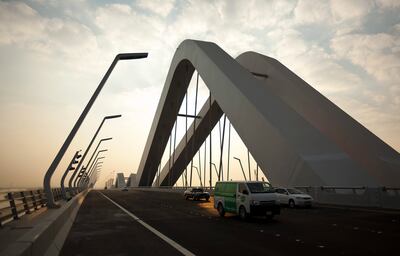
Visitors to the capital by the cruise ships that have begun to return to Abu Dhabi this autumn, encounter Jean Nouvel’s Louvre Abu Dhabi as almost their first proper look at the city, a universal museum in and for the Arab world standing as a gateway and entry point to the city adjacent to Mina Zayed’s passenger terminal.
Earlier this month, Etihad Rail announced it would begin carrying passengers on its network. Services will connect 11 cities from Al Sila in the west to the east coast and points in between by 2030. The journey time from Abu Dhabi to Dubai is expected to be under an hour and a trip from the capital to Fujairah should take 100 minutes. A third phase of the rail project, after freight and passenger, will be what Etihad Rail describes as a light rail network to connect with city centres across the country.
The economic benefits of rail infrastructure are many: creating jobs and investment, helping in-country tourism and communities and reducing the environmental impact of transport.
As well as that, the introduction of passenger services also opens another first point of contact for visitors and travellers to the city, similar to the land, sea and air ports already established. There is something more. This development presents an opportunity for the architects, designers and engineers of the rail network.
Railway stations around the globe are some of the world’s great public spaces.
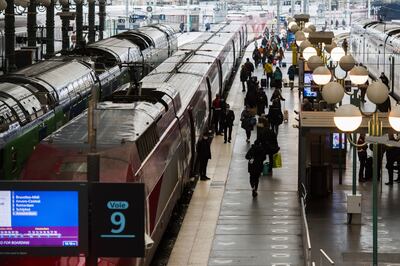
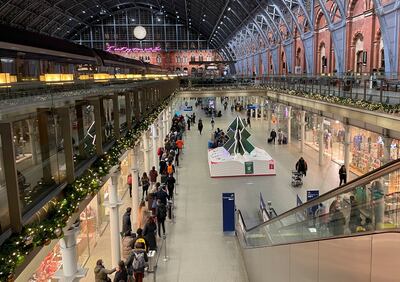
Think of Gare du Nord in Paris, St Pancras in London, Grand Central Station in New York, Union Station in Los Angeles or Flinders Street in Melbourne. The railway stations of Asia are equally inspiring, from Chhatrapati Shivaji Terminus (formerly Victoria Terminus) in Mumbai, to Kuala Lumpur Railway Station or Stesen Keretapi and Tokyo Station, among others.
Great railway stations are loaded with a sense of theatre, movement and possibility. Many move beyond being departure points and transition to being statements of civic pride and becoming destinations in themselves.
The many lives of New York’s Grand Central Station have rendered it in the modern age as part time-machine for its lavish marbled halls and period ticket counters, part tourist attraction and part daily commuter station.
Similarly, when the producers of the 2021 Academy Awards’ ceremony needed a venue for the ceremony they settled on octogenarian Art Deco influenced Union Station in Los Angeles, drawn to its scale and sweep.
The main pavilions of Expo 2020 Dubai and the broader site itself, anchored by Al Wasl Plaza, have that same sense of possibility and ambition.
On the day of the Etihad Rail passenger launch, Sheikh Mohamed bin Zayed, Crown Prince of Abu Dhabi and Deputy Supreme Commander of the Armed Forces, commented on social media that the project represented the spirit of the union.
The main train stations of the UAE’s rail network will, I am sure, also be powerful symbols of the country’s development and of its past and present. They will be gateways to tomorrow for the millions of passengers who will one day use them.
